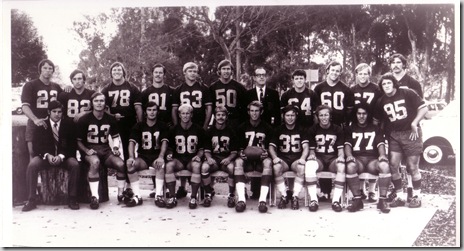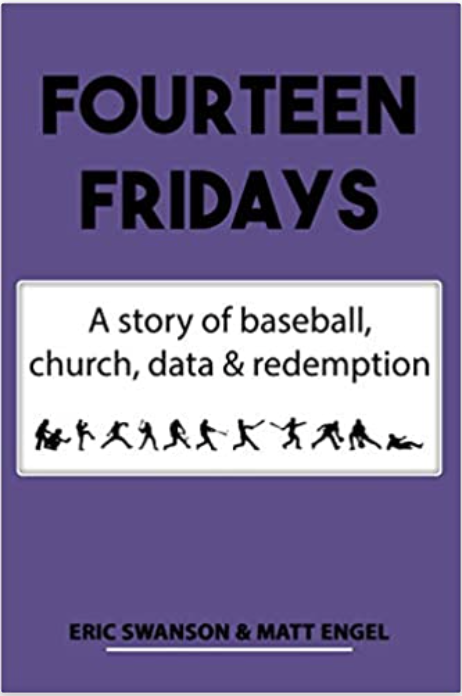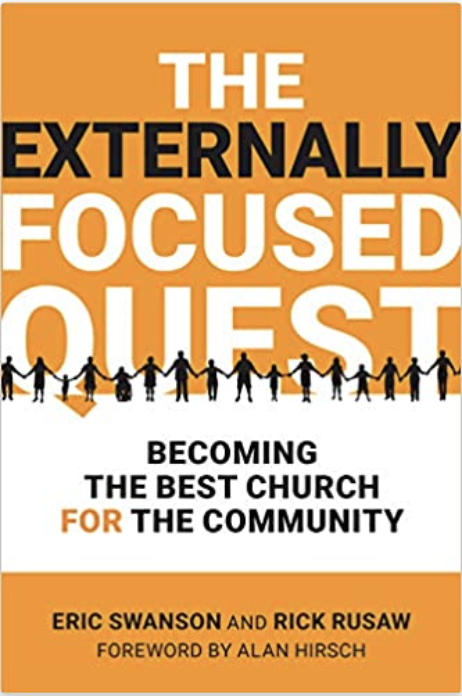Another Game-changer: In Rugby
Real game-changers are hard to come by. Sure the University of Oregon has 80 different uniform combinations…but that’s not really a game-changer. Since reading the article about the Little Rock Football, I’ve been thinking about game-changers. In the summer of ‘71 I (#63) travelled with the Cal Rugby Team for a five-week tour of Australia and New Zealand followed by a week of relaxation in Fiji and Tahiti. Needless to say, the trip was all-time. Our team was made up of ten Cal Varsity Football players (#23, Loren Toews played for the Steelers for 11 years), along w/ a Tongan #77, and if I remember right, a South African #35. Doc Hudson was our coach; a dentist by trade—I still have the gold crown on a back molar…he had been coaching rugby at Cal since the 30’s. We played nine games against top university teams (Sydney University, University of Auckland) and rep teams and as I remember finished winning 5 contests, including our opener against Northern Queensland, whose team had two or three Wallabies.
 Our scrum-half was the starting quarterback for Cal—Dave Penhall (#23). Dave almost single-handedly defeated Jim Plunkett-led, Rose Bowl-bound Stanford in the 1970 Cal-Stanford. In our opening game on July 4 in Townsville, the stands were filled and the field was lined w/ spectators, many of them cheering for the underdog yanks, whose fathers had defended them from Japan in WWII. (Old men would stop us on the street just to say “thanks.”) In rugby, when the ball goes out of bounds, it is inserted back into the game via a “line-out” (Think of a jump-ball with 16 players). Most throw-ins travelled 10-15 feet. Now imagine a college quarter-back throwing the ball in and hitting the Wing (the fastest player on the team—in this case, Donny Guest–#87) on a full sprint 45 yards across the field. The Aussies couldn’t believe it. In 1970 they had never seen any player do this. The method of advancing the ball had always been a series of short passes. The “torpedo pass” as they dubbed it, made the difference and we ended up winning the game. This was a game-changer!
Our scrum-half was the starting quarterback for Cal—Dave Penhall (#23). Dave almost single-handedly defeated Jim Plunkett-led, Rose Bowl-bound Stanford in the 1970 Cal-Stanford. In our opening game on July 4 in Townsville, the stands were filled and the field was lined w/ spectators, many of them cheering for the underdog yanks, whose fathers had defended them from Japan in WWII. (Old men would stop us on the street just to say “thanks.”) In rugby, when the ball goes out of bounds, it is inserted back into the game via a “line-out” (Think of a jump-ball with 16 players). Most throw-ins travelled 10-15 feet. Now imagine a college quarter-back throwing the ball in and hitting the Wing (the fastest player on the team—in this case, Donny Guest–#87) on a full sprint 45 yards across the field. The Aussies couldn’t believe it. In 1970 they had never seen any player do this. The method of advancing the ball had always been a series of short passes. The “torpedo pass” as they dubbed it, made the difference and we ended up winning the game. This was a game-changer!
Currently the Rugby World Cup is taking place in New Zealand. Many of the venues are those our team played on back in 1970 (and also ‘71 on a subsequent tour of New Zealand). Only four teams have ever won the World Cup—Australia, New Zealand, South Africa and England. Ireland has always been tough on the pitch but could never really be a contender—they were 0-4 in their exhibition events. But then came their game-changer. They beat the U.S. in their opening game and shocked the rugby world by beating Australia 15-6 —yielding only the points from two penalty kicks. (And now  from the Wall Street Journal—October 5, 2011) “The secret behind Ireland’s surge is a revolutionary and suffocating defensive scheme, known as the “choke,” that relies on ferocious tackling and a loophole in the rules of the game to sap energy and momentum of its opponents…. What has made the choke so effective is the way it reinvented one of this game’s oldest and most established arts: the tackle…Instead of trying to take down opposing ball carriers, this team of muscular brutes wants to hold runners upright and prevent them from hitting the ground with a tandem of chest-high tackles…preventing a ball carrier from reaching the ground…One major advantage of this technique is that it stops an opponent from offloading the ball to a support runner, slowing down the offensive team.” The choke is proving to be a game-changer.
from the Wall Street Journal—October 5, 2011) “The secret behind Ireland’s surge is a revolutionary and suffocating defensive scheme, known as the “choke,” that relies on ferocious tackling and a loophole in the rules of the game to sap energy and momentum of its opponents…. What has made the choke so effective is the way it reinvented one of this game’s oldest and most established arts: the tackle…Instead of trying to take down opposing ball carriers, this team of muscular brutes wants to hold runners upright and prevent them from hitting the ground with a tandem of chest-high tackles…preventing a ball carrier from reaching the ground…One major advantage of this technique is that it stops an opponent from offloading the ball to a support runner, slowing down the offensive team.” The choke is proving to be a game-changer.
Nobel Prize winner, Albert Szent-Gyorgy, once noted “that discovery consists of looking at the same thing as everyone else and thinking something different.” What could be different? What should be different. What opportunities are right in front of our eyes? Do we have a torpedo pass or a choke within us. It doesn’t matter how many years something has been the same…there’s always room for a game-changer.









Pingback : Book reports: a converstation with Dave | : the readiness is all